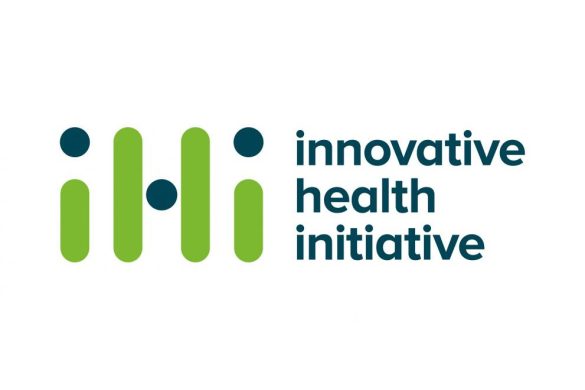Prof. Kristoff Muylle
President
European Association for Nuclear Medicine
www.eanm.org
Prof. David B. Vodušek (DBV): Kindly illustrate the history, vision and mission of the EANM – European Association of Nuclear Medicine to the readers of the EAN Pages.
Prof. K. Muylle (KM): The European Association of Nuclear Medicine (EANM) is a professional non-profit medical association, incorporated in Vienna/Austria.
The EANM’s vision is to optimise and advance science and education in nuclear medicine for the benefit of public health and humanity within the concept of personalised healthcare. The EANM acts as umbrella organisation for individuals as well as national societies.
The goal of the EANM is to be a platform for the dissemination and discussion of the latest results in the field of nuclear medicine including multimodality imaging and related subjects. It fosters and co-ordinates the mutual exchange of knowledge relating to the diagnosis, treatment and prevention of diseases through the use of unsealed radioactive substances and the properties of stable nuclides in medicine.
The EANM represents more than 9,000 physicians, scientists, technologists as well as other persons working in nuclear medicine or related fields from 42 different countries within Europe and serves the interests of a community that goes far beyond these numbers and any geographical boundaries. The EANM Annual Congress attracts more than 6,000 participants on site each year as well as about 1500 participants connected remotely via the EANM live stream.
DBV: What are the priorities of the EANM in the present mandate?
KM: Three years ago, EANM professionalised its management structure by insourcing all office and congress related activities. The current optimal understanding and collaboration between the executive office and the EANM Board has significantly improved the financial situation of the EANM and the efficiency of the EANM office, allowing the launch of new ambitious projects.
One of these projects is the launch of ESMIT (European School of Multimodality Imaging and Therapy), a 3-level system, representing EANM’s response to the rising demand for greater multimodality content and dedicated education and training in the emerging field of radionuclide therapy. Level 1 builds the basis of the ESMIT learning experience and is 100% e-learning based. Level 2, the intermediate level, goes to the heart of evidence-based teaching, focussed on everyday practice and offers courses held at universities all around Europe. Level-3 is a more advanced level, in which knowledge is deepened and expanded for individuals developing subspecialty areas of interest.
Another successful new initiative is the “EANM Focus Meeting”, where a multidisciplinary group of experts and key opinion leaders (comprising clinicians, imagers, clinical and basic scientists and patient-advocates) from all over the world present state-of-the-art lectures and participate in consensus panels on a specific topic, with a focus on the role of imaging in general and nuclear medicine in particular, now and in the future. The first EANM Focus Meeting took place in Valencia in February this year and covered molecular imaging and theranostics in prostate cancer. The next EANM Focus Meeting will take place in Cannes in February 2019 with a focus on molecular imaging in neurodegenerative diseases.
The above initiatives are nice examples of EANM Boards’ ambition to focus on education and external relations during its presents mandate.
DBV: Neurology has several common interests with nuclear medicine, and these are “covered” by the EAN Scientific Panel “Neuroimaging”. How do you see the options for both societies to work closer together?
KM: Many scientists and physicians from the respective specialties already work closely together on neuroimaging related topics in clinics and research, especially in the field of neurodegenerative diseases and extrapyramidal syndromes. However, many of these collaborations are based on contacts on a personal or institutional level. A closer collaboration between EAN and EANM has the potential for a better alignment of the clinical needs with the potential of molecular neuroimaging, for fostering research in molecular neuroimaging related topics and further improvement of the level of education by providing multidisciplinary content.
There are many options for improving the collaboration between both societies such as the organisation of joint symposia at our respective congresses, collaboration on imaging and clinical guidelines, mutual contributions on an educational level, etc… I hope that this interview as well as the upcoming EANM Focus Meeting on neurodegenerative diseases will act as a catalysator for formalising and developing the relations between both societies and look forward to a fruitful and close collaboration in the near future.
DBV: Dear Prof. Muylle, thank you for this interview and the information on the EANM.
We look forward to implementing cooperation with EANM.
David B. Vodušek, past Chair EAN Communication Committee














